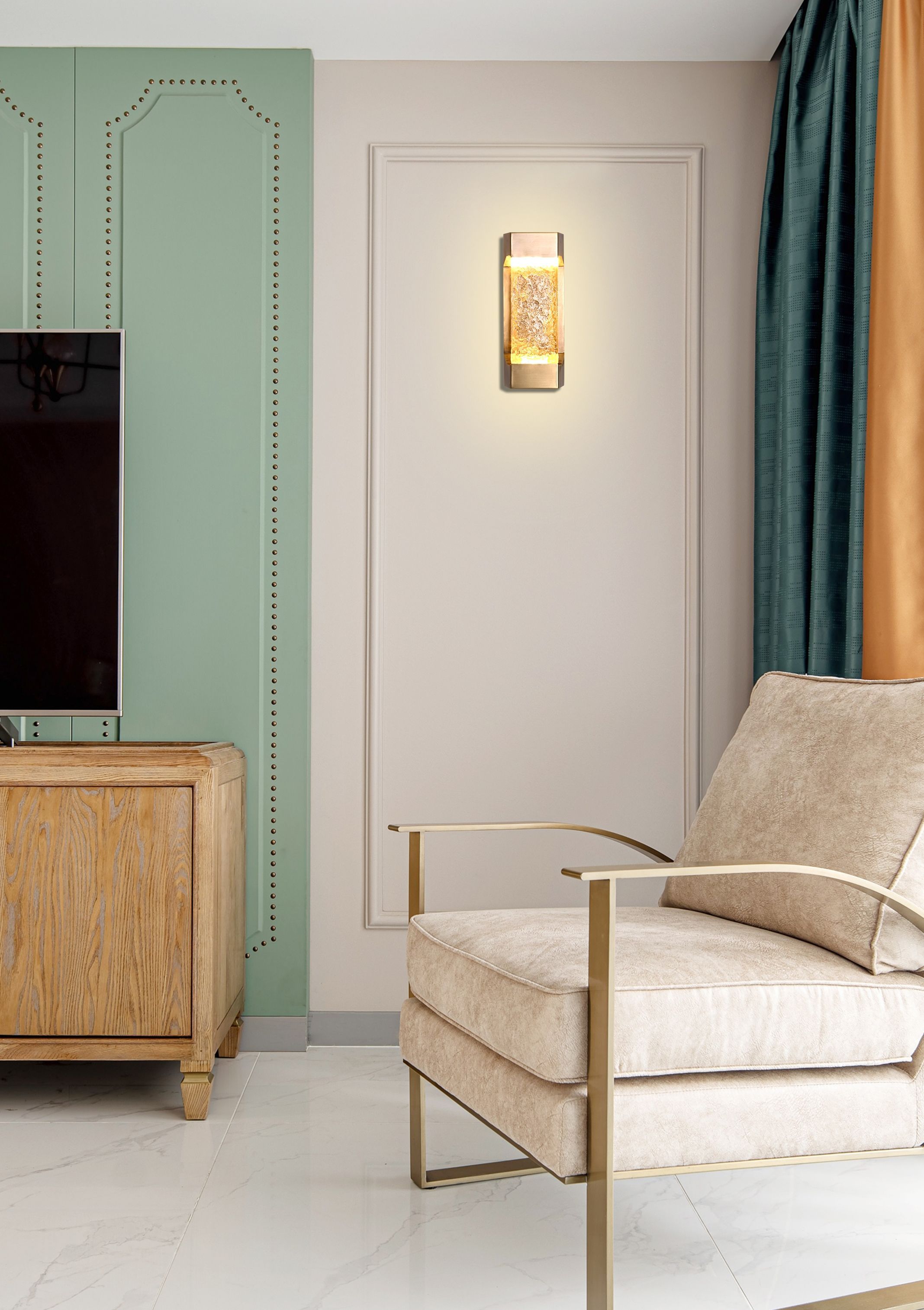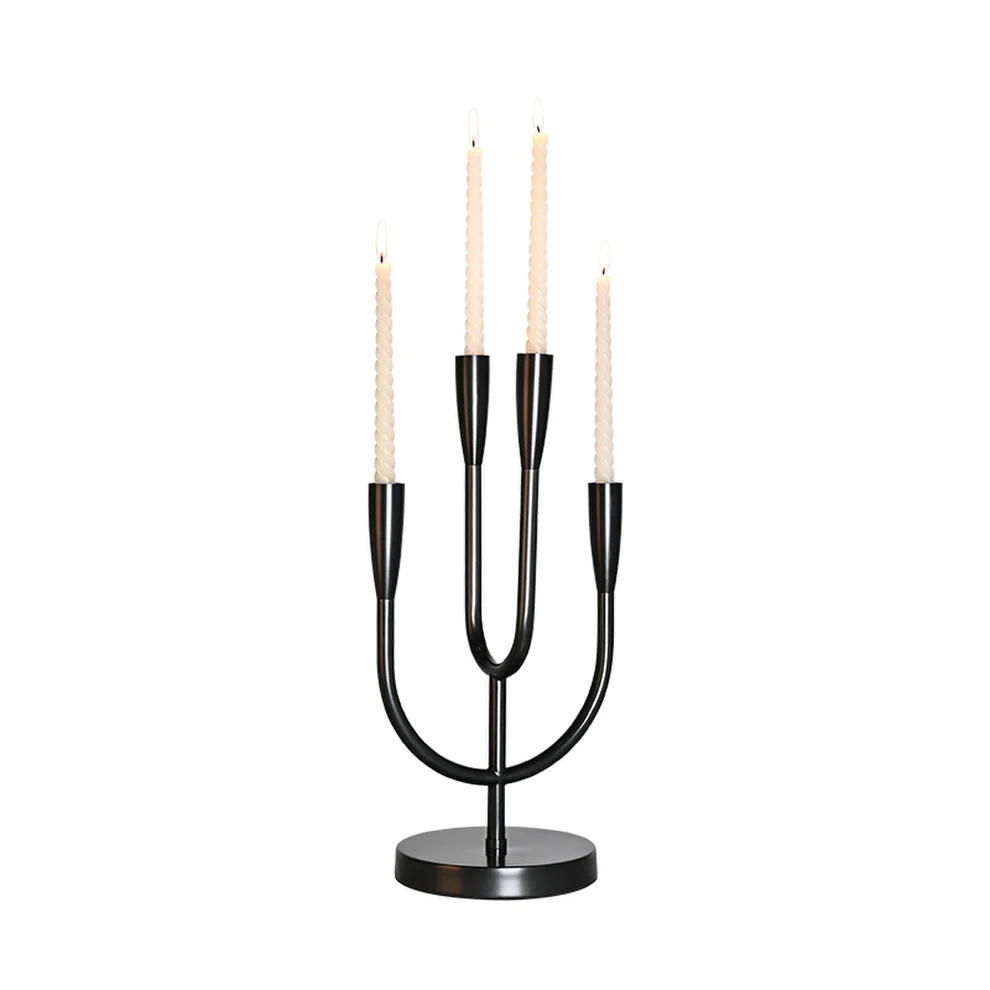Unlocking the Benefits of B22: Everything You Need to Know
Unlocking the Benefits of B22: Everything You Need to Know
Introduction to B22
The term 'B22' refers to a specific type of light bulb fitting that is widely recognized in the lighting industry. This article serves as a comprehensive guide to understanding the B22 socket type, its benefits, installation processes, and occasionally queried related topics to enhance your overall knowledge.
What is B22?
B22, also known as the bayonet cap or bayonet base, is a type of bulb socket that features two smooth, rounded pins. These pins fit into corresponding slots in the socket and twist into place, providing a secure connection. The B22 fitting is often found in homes and commercial buildings, making it a popular choice for many types of lighting.
History of B22 Light Bulbs
The B22 socket was first introduced in the early 20th century. As electric lighting became more common in households, the need for a reliable and easy-to-use light bulb fitting emerged. This design allowed for quick bulb changes without the need for intricate wiring, proving useful for both quaint homes and large commercial facilities.
Advantages of Using B22 Bulbs
Understanding the benefits of B22 can help you decide if it’s the right choice for your lighting needs. Here are several key advantages:
| Advantage | Description |
| Easy Installation | The simple twist-and-lock mechanism allows for quick and secure installation without tools. |
| Versatility | B22 bulbs come in various types, including incandescent, LED, and energy-saving options. |
| Popular Compatibility | Many fixtures around the world are designed to accommodate B22 bulbs, increasing availability. |
| Energy Efficiency | With the availability of LED options, B22 fittings can provide significant energy savings. |
How to Install B22 Light Bulbs
Installing a B22 bulb is straightforward and can be done with minimal effort. Here's a brief guide:
- Turn Off Power: Always ensure safety first; switch off the power supply to the fixture.
- Remove Old Bulb: Gently twist the old B22 bulb counterclockwise until it loosens and comes free.
- Insert New Bulb: Align the pins of the new B22 bulb with the slots in the socket, insert, and twist clockwise until snug.
- Restore Power: Once installed, switch on the power supply and test the new bulb.
Common Uses of B22 Bulbs
B22 bulbs are versatile and commonly used across various settings. Here are some of their most frequent applications:
- Residential Lighting: Many homes utilize B22 bulbs as primary light sources in living rooms, bedrooms, and kitchens.
- Commercial Spaces: Offices, retail stores, and restaurants often employ B22 fittings for effective illumination.
- Outdoor lighting: Some exterior light fixtures are designed for B22 bulbs, providing safety and visibility in outdoor areas.
Choosing the Right B22 Bulb
When selecting a B22 bulb, consider the following factors to ensure you make an informed decision:
- Brightness: Measured in lumens, opt for a bulb with adequate brightness for your specific lighting needs.
- Color Temperature: Choose between warm, cool, or daylight color temperatures depending on the ambiance you wish to create.
- Energy Efficiency: LED bulbs often offer better efficiency and longer lifespans compared to traditional incandescent options.

Frequently Asked Questions About B22
Here are some commonly asked questions regarding B22 light bulbs:
1. Are B22 bulbs dimmable?
Many B22 LED bulbs come with dimmable options, allowing you to control brightness and energy savings simultaneously. Always check the packaging for specifications.
2. Can I use a B22 bulb in a socket designed for a different fitting?
No, B22 bulbs must be used with B22 sockets due to their unique fitting. Using the incorrect type can result in damage or safety hazards.
3. How long do B22 bulbs last?
On average, a standard LED B22 bulb can last up to 25,000 hours, while incandescent B22 bulbs typically last around 1,000 hours. Reliability can vary with the specific brand and usage conditions.
Conclusion
Understanding B22 light bulbs and their applications can significantly enhance the quality of your lighting choices. With their ease of installation, versatility, and energy efficiency, B22 sockets continue to be a trusted option for various lighting needs. When selecting your next bulbs, consider factors like brightness, color temperature, and energy efficiency to optimize your space effectively. Always remember to prioritize safety during installation, ensuring a secure fit every time.
In summary, B22 fittings are an essential part of Modern lighting, and knowing how to choose and install them can greatly improve your experience with light fixtures in both residential and commercial settings. Stay informed, make wise choices, and enjoy the brilliance of B22 lighting!
